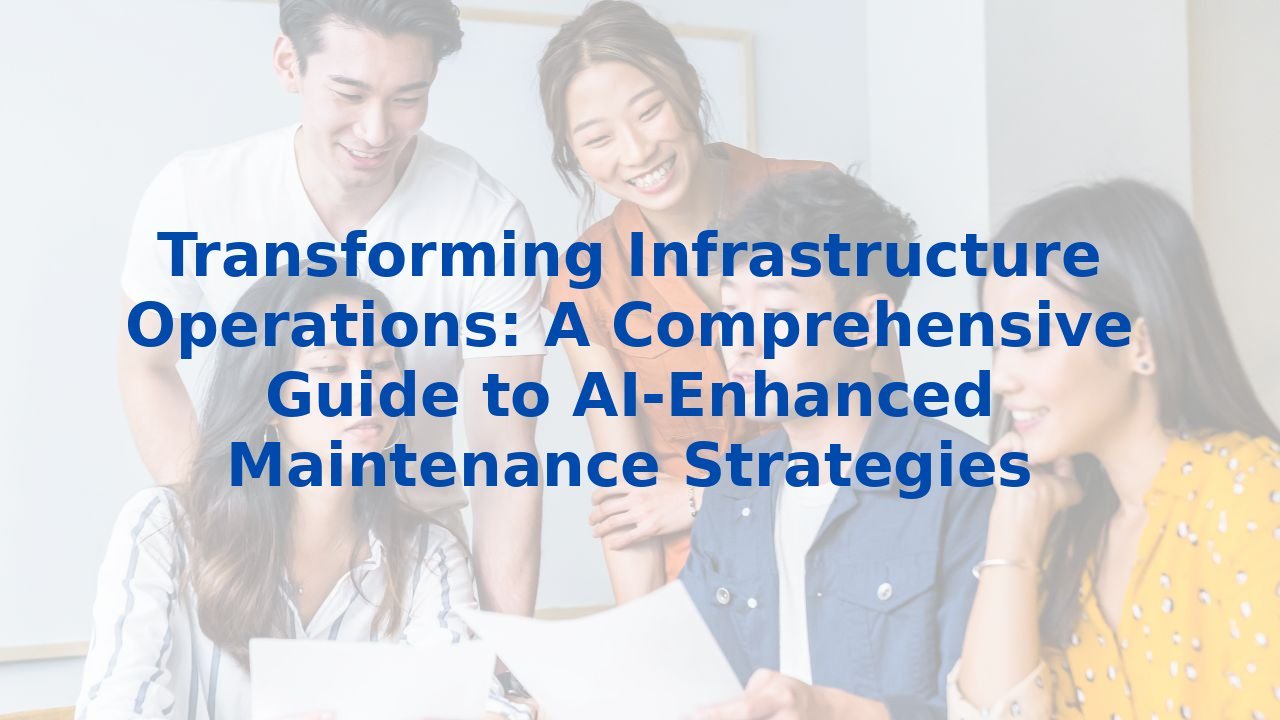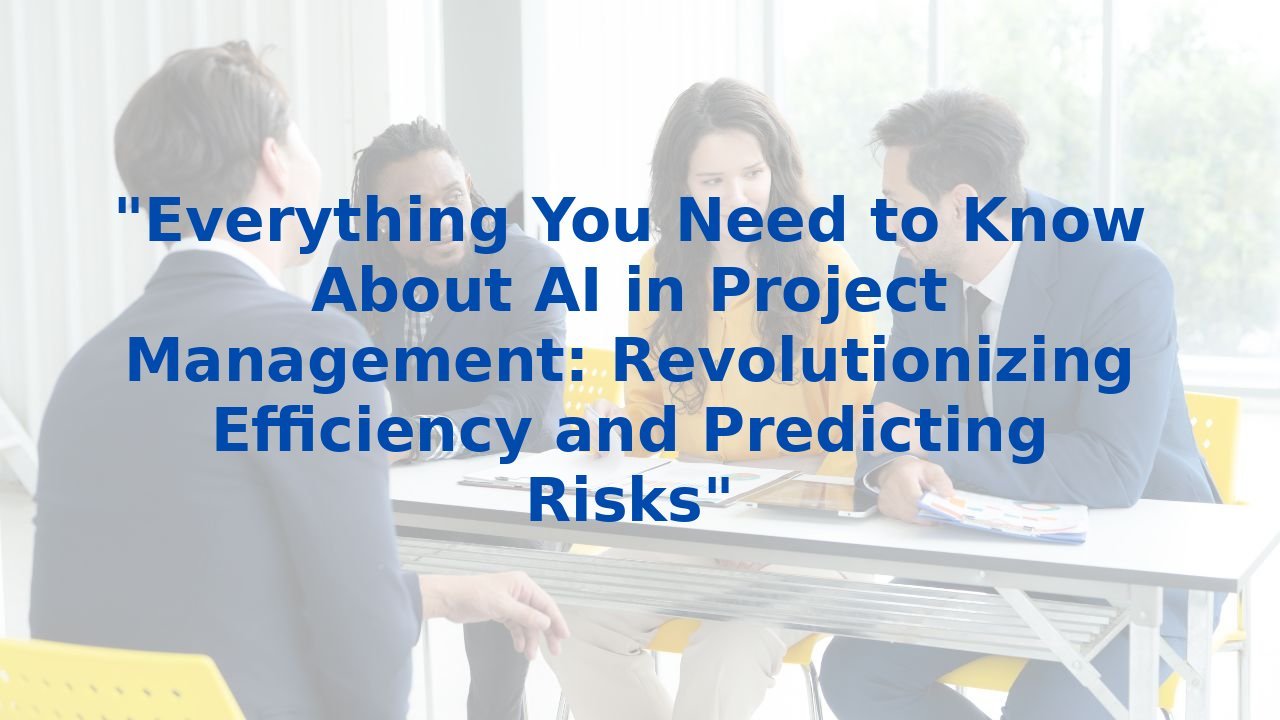Transforming Infrastructure Operations: A Comprehensive Guide to AI-Enhanced Maintenance Strategies
Transforming Infrastructure Operations: A Comprehensive Guide to AI-Enhanced Maintenance Strategies
Introduction
Infrastructure operations and maintenance are the backbone of any organization, ensuring that essential assets are efficient and operational. Traditional methods have relied heavily on manual inspections and scheduled maintenance—often consuming considerable time and resources. Enter Artificial Intelligence (AI), a game-changer that is radically transforming these processes, enhancing efficiency, curbing costs, and elevating overall reliability.
The Benefits of AI in Predictive Maintenance
Imagine a world where potential equipment failures are predicted before they disrupt your workflow. That's the power of AI in predictive maintenance. By utilizing vast datasets, AI is able to anticipate issues before they arise. This proactive stance on maintenance not only minimizes unexpected downtimes but also bolsters the reliability of your services.
Through the robust analysis of historical and real-time data, AI algorithms can provide accurate predictions. This enables infrastructure managers to schedule maintenance at the most opportune times, leading to significant cost savings and enhanced service continuity.
Combining AI with IoT for Enhanced Monitoring
The future of maintenance lies in the seamless integration of AI with the Internet of Things (IoT). With IoT devices deployed across various assets, real-time data regarding their condition and performance is constantly collected. This wealth of information serves as the foundation for AI to build robust predictive models.
By harnessing this data, AI can ensure that maintenance efforts are specifically targeted and optimized, revolutionizing how infrastructure health is monitored and managed.
Advancements in Machine Learning Algorithms
AI is a field driven by continual improvement, and machine learning models are becoming increasingly adept at predicting failures with incredible accuracy. As these algorithms evolve, they not only suggest preventive measures but also refine their predictive capabilities over time. This not only helps in reducing downtimes but also extends the lifespan of critical infrastructure components.
The sophistication of machine learning enhances the reliability of predictive maintenance strategies, allowing organizations to stay a step ahead of potential issues.
Enhanced Decision-Making with Digital Twins
Another exciting development in the realm of AI is the adoption of digital twins—virtual replicas of physical assets. Powered by AI, these models can simulate various scenarios to predict outcomes linked to different maintenance strategies. This capability adds a layer of informed decision-making, ensuring that maintenance efforts are aligned with the most effective approaches available.
Streamlining Workflows with AI
In a landscape where inefficiency can be detrimental, AI steps in to streamline workflows significantly. By automating mundane tasks and enhancing the accuracy of inspections, AI allows workers to focus on higher-value activities. For instance, in electrical inspections, AI and Machine Learning can analyze vast amounts of image data to pinpoint defects reliably.
This automation not only eliminates human bias but also speeds up the inspection process—allowing for faster, accurate reporting that reflects the critical areas needing attention.
Future Prospects of AI in Infrastructure Management
The journey of AI in infrastructure management is just beginning, and the outlook is incredibly promising. As AI technologies evolve, they will become increasingly precise and efficient, gaining traction across diverse industries. The synergy between AI, IoT, and machine learning will further redefine maintenance operations, making them not just smarter, but also more resilient.
The Importance of Training Employees for AI
While the advantages of AI are monumental, empowering employees to collaborate with these innovations is equally vital. Training programs focused on AI algorithm comprehension, data analytics, and predictive model interpretation can transform maintenance teams into informed decision-makers. By investing in employee training, organizations can unlock the full potential of AI-enhanced maintenance strategies, ensuring that operational excellence becomes the norm rather than the exception.
To dive deeper into AI training solutions, consider exploring training programs tailored for entire organizations here.
Conclusion
The integration of AI in infrastructure operations and maintenance marks a transformational leap toward greater efficiency, reduced costs, and enhanced reliability. Through predictive analytics, IoT, machine learning, and digital twins, organizations are evolving to meet and exceed operational demands proactively. As AI continues to transcend limitations, investing in employee training will be crucial to realizing the full spectrum of benefits these technologies offer. Embrace AI as a strategic ally to ensure your infrastructure remains resilient, minimizing downtimes while maximizing performance.



